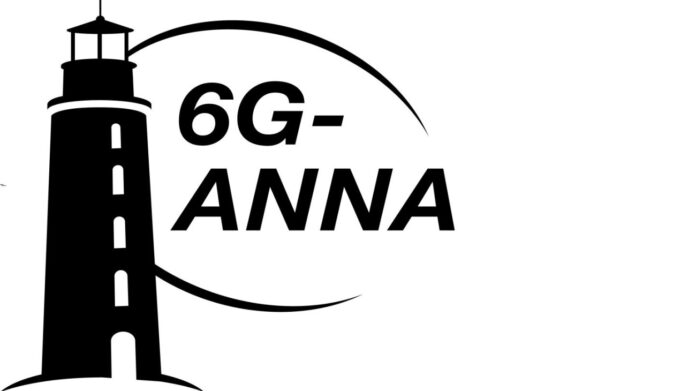Rohde & Schwarz noted that the first global specification of 6G is expected within the next six to eight years
Rohde & Schwarz announced it will take part in 6G-ANNA, a so-called “lighthouse” project to advance 6G technology in Germany.
The three-year 6G-ANNA project was launched by the German Federal Ministry of Education and Research and is led by Nokia.
The participating consortium of 29 participating companies and research institutions aims to advance the development, standardization and implementation of the next generation of mobile communications in Germany.
“While 5G is still being rolled out in Germany, the BMBF has already initiated plans to shape and implement 6G. The new lighthouse project 6G-ANNA is part of a larger ‘6G Platform Germany’ initiative. Rohde & Schwarz has joined the industry consortium as industry partner. The consortium is formed by well-established companies such as Airbus, Bosch, Ericsson, Siemens and Vodafone as well as innovative start-ups, research institutes and distinguished universities,” the company said.
“Rohde & Schwarz has been closely involved in research beyond 5G and the development of 6G from the early beginnings and actively supports the ongoing fundamental research activities at 6G organizations, universities and research institutes across Europe, in the U.S. and Japan. The company is already well invested in researching different technologies which are expected to play a vital role in the development of 6G such as (sub-)THz communication, joint communication and sensing (JCAS), artificial intelligence (AI) and machine learning (ML) or reconfigurable intelligent surfaces (RIS),” Rohde & Schwarz added.
The German company noted that the first global specification of 6G is expected within the next six to eight years, and the commercial introduction of the technology is estimated to take place around 2030.
Nokia recently said that as the leader of this 6G initiative, it will focus on designing an end-to-end 6G architecture and work with other project partners on three key technology areas: 6G access, network of networks, and automation and simplification. Selected topics such as sub-networks, XR and real-time digital twinning will be implemented and presented as proof of concepts.
In addition, the vendor will interact with the German ecosystem, including four academic “6G Hubs” with more than 60 university chairs. Beyond Germany, 6G-ANNA aims to interact with other major 6G flagship projects in Europe and the U.S. to shape global 6G standards.
5G Advanced is expected to develop 5G to its fullest capabilities and is an important stepping stone for some of the use case capabilities that the industry wants to enable at a larger scale in the 6G era, Mikko Uusitalo, head of Radio Systems Research Finland at Nokia Bell Labs and lead for European 6G Flagship Hexa-X, previously told RCR Wireless News.
Commenting on the potential features of future 6G networks, he noted that in the 6G era, the digital, physical and human world will seamlessly fuse to trigger extrasensory experiences. Uusitalo highlighted that Intelligent knowledge systems will be combined with robust computation capabilities to make humans endlessly more efficient.

